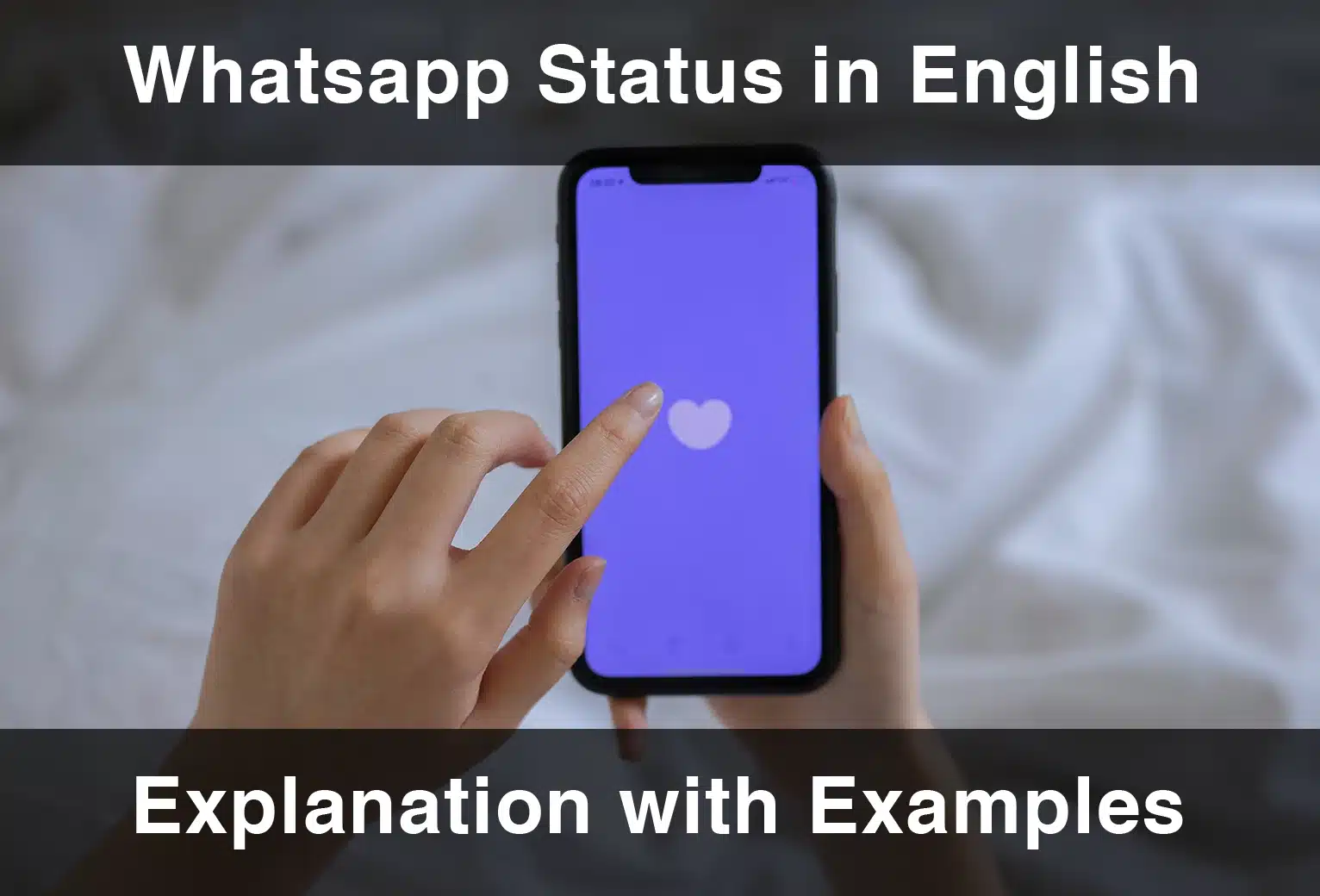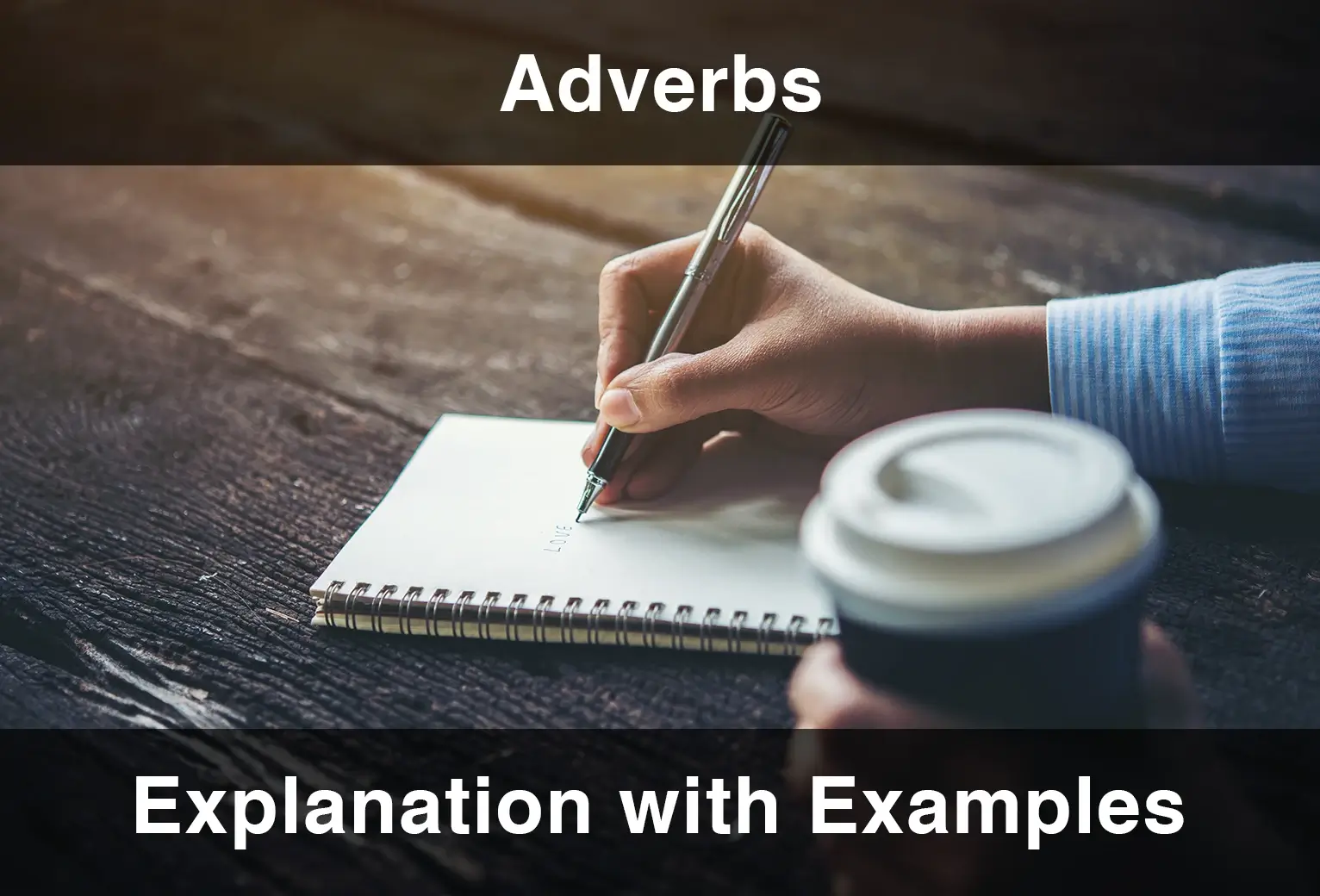In the English language verbs are the essential part of speech, it would be impossible to indicate what the subject is doing without verbs. They refer to all the actions, including those which are related to feelings and emotions. Verbs come in different types and forms and they can perform differently in order to provide complete meaning.
What is a verb?
A ‘verb’ is a word or group of words that express an action (such as do), an event (such as happen) or a state (such as exist). A verb is used with a subject to say what someone or something does or what happens to them, or to give information about them.
Verb conjugation
Verbs can be conjugated to denote the tense you need. There are four tense forms: the simple tense, the continuous tense, the perfect tense and the perfect continuous tense. These four tense forms are used to represent three time periods such as the present, past and future, thereby forming twelve main tense forms in total.
Regular vs. irregular verbs
Regular Verbs
Verbs are used to denote actions, and they can be used in different forms to indicate when the subject in a sentence is carrying out an action. A regular verb can be conjugated to show if the action takes place in the past or if the action is taking place continuously.
Irregular Verbs
An irregular verb is a verb that does not follow the usual rules for verb forms. Most English verbs are regular verbs, which means that they follow a predictable pattern when forming their past tense and past participle forms by adding -ed to the base form. However, irregular verbs each have their own unique tense forms and past participles.
Transitive and intransitive verbs
Transitive and intransitive forms of verbs are used to denote how a verb acts when used with a direct object and an indirect object. A verb is transitive when the action of the verb passes from the subject to the direct object. Intransitive verbs don’t need an object to make sense – they have meaning on their own. Verbs that take a direct object alone are called transitive verbs, and those verbs that do not take either a direct object or an indirect object are called intransitive verbs. There is yet another category of verbs that take both the direct object and the indirect object, and they are called ditransitive verbs.
For example:
Vincent gave a baseball bat to his brother. (Indirect object – his brother, Direct object – a baseball bat) – intransitive verb
My dad cleaned the car today. (Direct object – the car) – transitive verb
Stative and dynamic verbs
Verbs in English can be classified into two categories: stative verbs and dynamic verbs.
Stative Verbs:
Stative verbs are verbs that are used to describe or indicate the state of being of a noun or pronoun that acts as the subject in a sentence. A stative verb is defined as a verb that describes a state and not an action.
Here are a few example usages of stative verbs:
I know what to do with this.
I understand exactly what you say.
I do not feel very good.
None of this concerns you or your brother.
All the women are depending on you.
Dynamic Verbs:
Dynamic verbs are the types of verbs that represent physical action or processes. A large percentage of these verbs are easy to identify because they occur externally. Additionally, dynamic verbs can be defined as motivated actions that have a clear beginning and end.
Here are a few example usages of stative verbs:
I train every morning.
Can you guess my favorite color?
Would you like to sit?
Will we eat that?
Let’s dance together.
Linking verbs
A linking verb is a type of verb that is used to link the subjects in a sentence to the other parts of the sentence so that it is meaningful. It connects the subject to the object, an adjective and even a prepositional phrase.
A linking verb:
Connects Nouns to Other Nouns in a Sentence
For example: Max is my brother.
Connects a Noun to a Prepositional Phrase in a Sentence
For example: The kittens were in the park.
Connects a Noun/Subject to an Adjective
For example: Your presentation was excellent.
Connects the Subject/Noun to the Predicate using Seem/Become
For example: This book on a treasure hunt seems interesting.
Auxiliary verbs
Auxiliary verbs or helping verbs, as the name suggests, is a verb that is used to help another verb sound sensible and meaningful. It is used to change the other verb’s tense, mood or voice. Auxiliary verbs are: be, do, have, will, shall, would, should, can, could, may, might, must, ought, etc.
Here are a few example usages of auxiliary verbs:
1. Leena is eating an apple.
2. Did you finish the work I had given you yesterday?
3. Could you please pass the logbook?
Modal verbs
Modal verbs are those verbs that are used to denote the possibility, probability, capability or necessity of something happening. Modal verbs, unlike other auxiliary verbs, cannot be used as a main verb in a sentence. They include can, could, may, might, must, shall, should, will and would.
Here are a few example usages of modal verbs:
Can you pass the bottle?
Could you please help me?
Would you like to play games?
Phrasal verbs
A phrasal verb is defined as a phrase (such as take off or look down on) that combines a verb with a preposition or adverb or both, and that functions as a verb whose meaning is different from the combined meanings of the individual words. There are four types of phrasal verbs:
Transitive Phrasal Verbs
Intransitive Phrasal Verbs
Separable Phrasal Verbs
Inseparable Phrasal Verbs
Transitive Phrasal verbs
Just like normal transitive verbs, a transitive phrasal verb can be identified by its demand for an object. Frequently used transitive verbs are: “address,” “borrow,” “bring,” “discuss,” “raise,” “offer,” “pay,” “write,” “promise,” and “have.”
For example : Can you fill in the details.
Intransitive Phrasal Verbs
Intransitive phrasal verbs behave exactly like intransitive verbs. They do not require an object to complete the sentence they are used in or make sense of the context. Frequently used intransitive verbs are: “live,” “cry,” “laugh,” “stand,” and “wait.”
For example: My motorcycle broke down all of a sudden.
Separable Phrasal Verbs
Separable phrasal verbs include transitive phrasal verbs which have the characteristic property of separating the phrasal verb with the object in between. There is, however, a word order which should be taken into account when separating the phrasal verb. Frequently used separable verbs are: take off, put off, pay back, give back, bail out, run up, put up, bring up, clean up.
For example: He is not the kind of person who holds all that grudge against you.
Inseparable Phrasal Verbs
Inseparable phrasal verbs, as the name suggests, cannot be separated from each other and have to be used together, no matter what. Frequently used inseparable verbs are: “back out of”, “come across”, “count on”, “get rid of”, “look into”.
For example: You will have to account for all the losses today.
Gerunds
A gerund is a verb in its ing (present participle) form that functions as a noun that names an activity rather than a person or thing. Any action verb can be made into a gerund.
Here are a few example usages of gerunds:
Jogging is a great hobby in my opinion.
Max quit smoking a year ago.
I will be looking forward to helping you paint the house.
Paul avoids using alcohol.
I am always dreaming.
Frequently Asked Questions About Verbs
What are Modal Verbs?
Modal verbs are those verbs that are used to denote the possibility, probability, capability or necessity of something happening. Modal verbs, unlike other auxiliary verbs, cannot be used as a main verb in a sentence. They include can, could, may, might, must, shall, should, will and would.
What are Phrasal Verbs?
A phrasal verb is defined as a phrase (such as take off or look down on) that combines a verb with a preposition or adverb or both, and that functions as a verb whose meaning is different from the combined meanings of the individual words.
What are Linking Verbs?
A linking verb is a type of verb that is used to link the subjects in a sentence to the other parts of the sentence so that it is meaningful. It connects the subject to the object, an adjective and even a prepositional phrase.
What are Stative Verbs?
Stative verbs are verbs that are used to describe or indicate the state of being of a noun or pronoun that acts as the subject in a sentence. A stative verb is defined as a verb that describes a state and not an action.
Would you like to put what you have learned into practice? You can access everything you need to learn English on a single platform! With 25-minute one-on-one live English lessons, 40-minute group lessons, more than 30,000 interactive videos, vocabulary learning tools, AI-supported tutor MiMi, quizzes, and interactive activities, EnglishCentral offers its users a personalized and quality education plan at an affordable price. How about registering for EnglishCentral now and starting to learn English?











